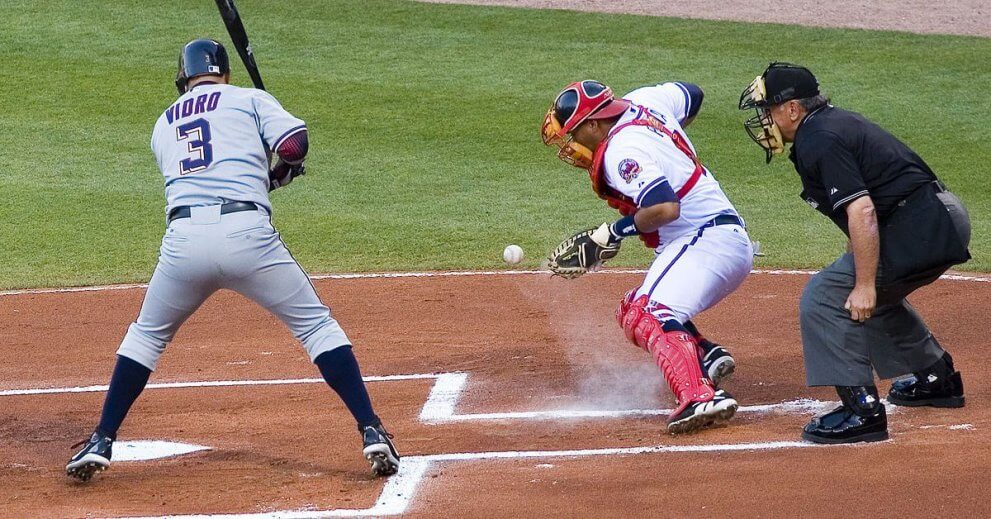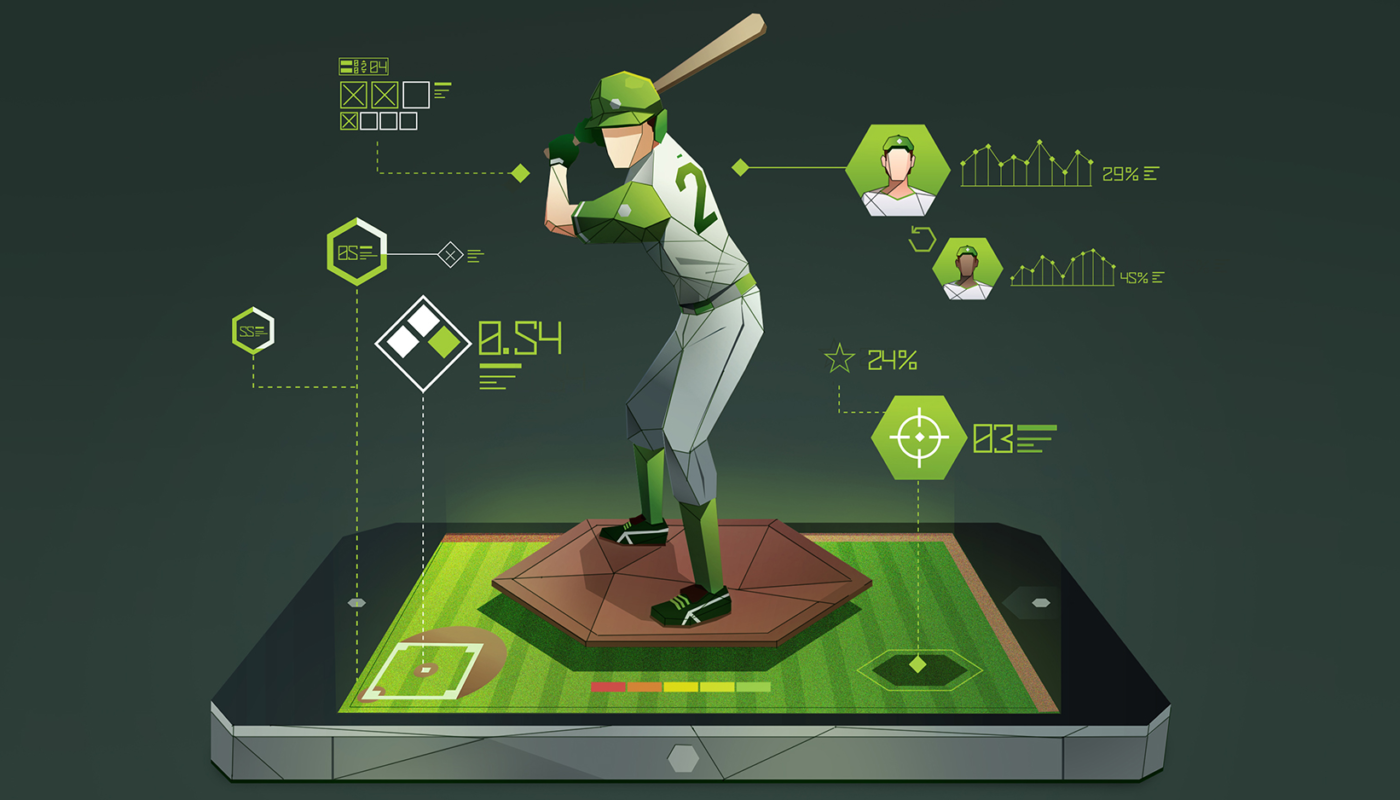Baseball used to be an art, scouts trusted their eyes, coaches relied on gut instincts, and players honed their skills through repetition. But now? It’s a science.
Thanks to data analytics in baseball, every pitch, hit, and swing is tracked, analyzed, and optimized. Teams use sabermetrics, machine learning, and AI-powered technology to make smarter decisions. But is this reliance on numbers improving the game or making it feel robotic? Let’s break it down.
The Rise of Data Analytics in Baseball
It all started with Moneyball, the story of how the Oakland A’s used sabermetrics to build a competitive team on a budget. Instead of chasing big-name players, they focused on undervalued stats like on-base percentage (OBP) rather than just batting averages.
This strategy worked so well that other MLB teams jumped on board. Today, every professional baseball team uses data analytics to some extent. From scouting rookies to designing defensive shifts, numbers now rule the game.
You May Read More Blog: https://reoplay.co.uk/baseball-americas-pastime-and-its-global-legacy/
How Teams Use Data Analytics Today

Forget the old-school eye test. Today’s baseball teams rely on a mix of real-time stats and predictive models to gain an edge.
- Pitchers analyze spin rate, exit velocity, and launch angle to fine-tune their throws.
- Batters use hard-hit rate and slugging percentage (SLG) to tweak their swings.
- Managers make in-game decisions based on advanced predictive analytics, determining when to pull a pitcher or shift defensive alignments.
For example, AI-powered analytics tools can predict a batter’s weakness by analyzing thousands of past at-bats. That’s why you’ll see defensive shifts because the data says a hitter will likely hit to a specific spot.
The Role of Technology in Baseball Analytics
Numbers don’t just come from scorecards anymore. Cutting-edge tech like Statcast, Track Man, and Rapsodo tracks everything from pitch velocity to fielder reaction time.
- Statcast: MLB’s system that tracks every player movement in real-time.
- TrackMan: Uses radar to measure pitch trajectory, spin rate, and speed.
- Wearable Tech: Monitors player fatigue, heart rate, and muscle strain to prevent injuries.
Even high-speed cameras break down pitch mechanics and batting stances, helping players refine their technique like never before.
The Impact on Player Development

Back in the day, players improved through repetition and coaching instincts. Now, training is data-driven and customized to each athlete’s strengths and weaknesses.
- Young players analyze heat maps to understand where they should swing.
- Pitchers use biomechanics analysis to improve delivery and reduce injury risk.
- Batters adjust their launch angles based on data to hit more home runs.
For example, Aaron Judge increased his launch angle and exit velocity to transform into a power hitter. The result? A record-breaking home run season.
Controversies and Criticism of Baseball Analytics
Not everyone loves the data-driven revolution. Some argue that baseball analytics is sucking the soul out of the game.
- Over-reliance on numbers can lead to questionable decisions (like pulling a pitcher too soon).
- Defensive shifts make hitting harder, leading to lower batting averages and fewer exciting plays.
- Scouts worry that analytics ignore player instincts, leadership, and game-time adaptability.
For example, in the 2020 World Series, the Tampa Bay Rays pulled their ace pitcher, Blake Snell, because the analytics said so. What happened next? The bullpen collapsed, and they lost the game.
Future of Data Analytics in Baseball
So where is this all heading? AI and machine learning are taking baseball analytics to the next level.
- Predictive injury analytics will help teams avoid overworking players.
- Real-time data feedback will allow in-game strategy adjustments in seconds.
- AI-powered scouting may replace traditional scouts, identifying talent purely from data.
But here’s the big question: Will baseball still feel like baseball? Fans love the thrill of unexpected moments, something numbers can’t predict.
Conclusion
There’s no denying that baseball analytics has changed the game forever. Teams are smarter, players train better, and strategies are more precise. But is it making baseball better, or just more predictable?
Like it or not, the numbers don’t lie but sometimes, the magic of the game isn’t found in the data. It’s in the unexpected, the unmeasurable, and the moments that defy analytics.

